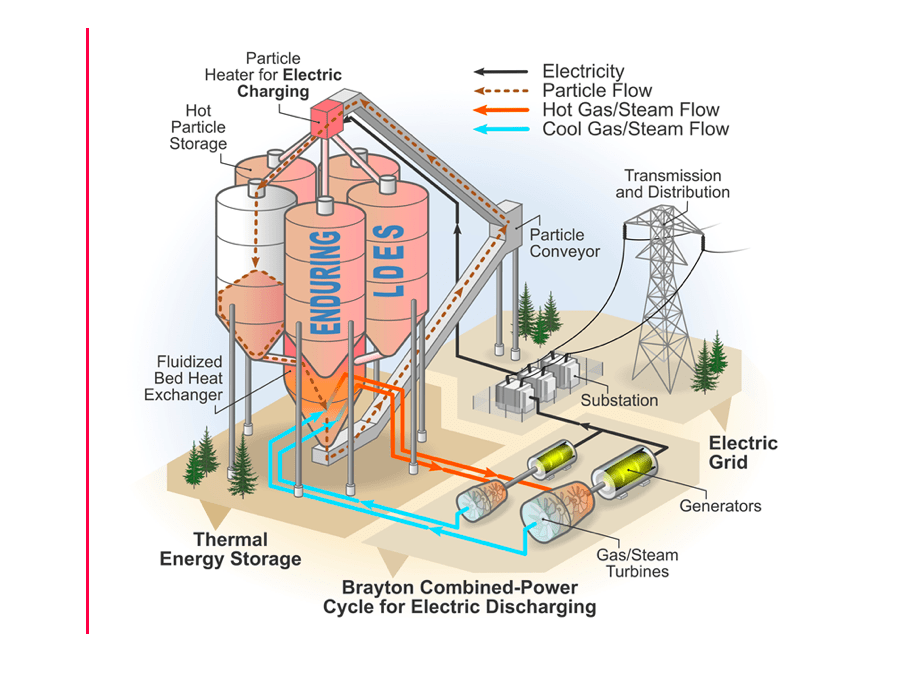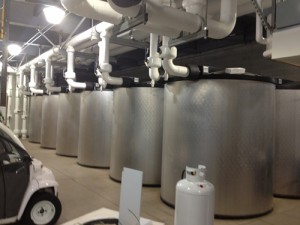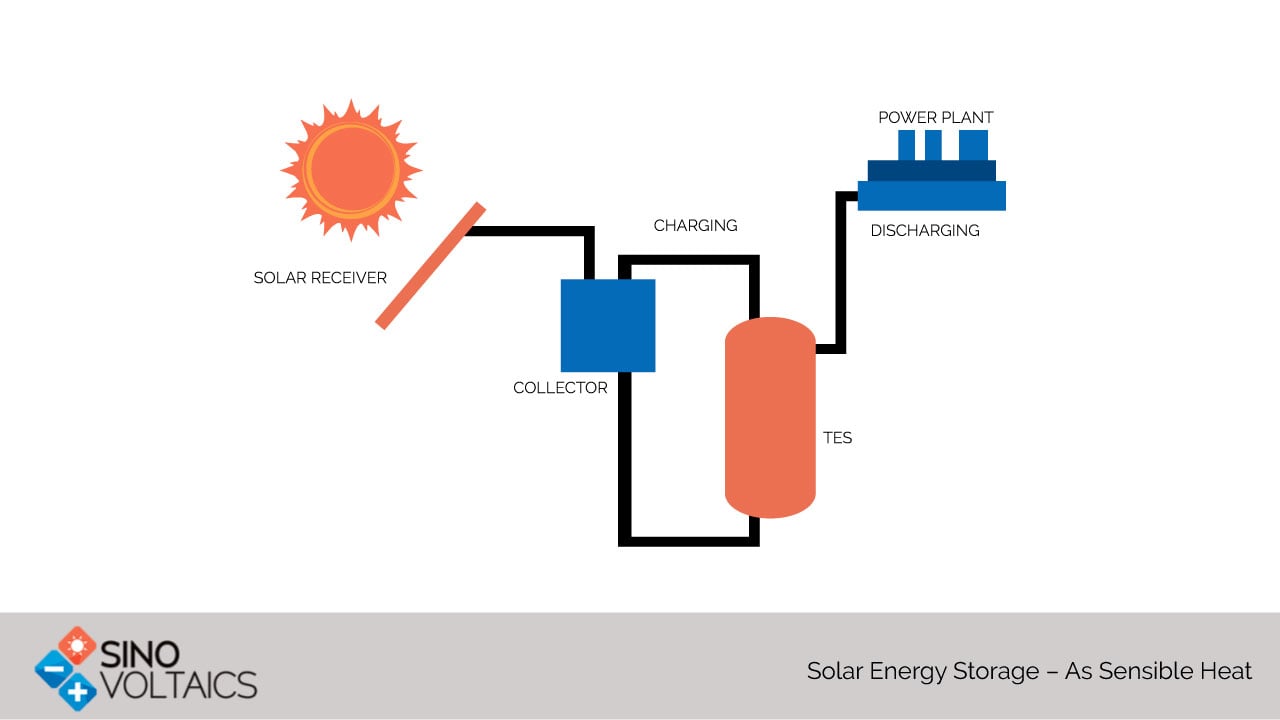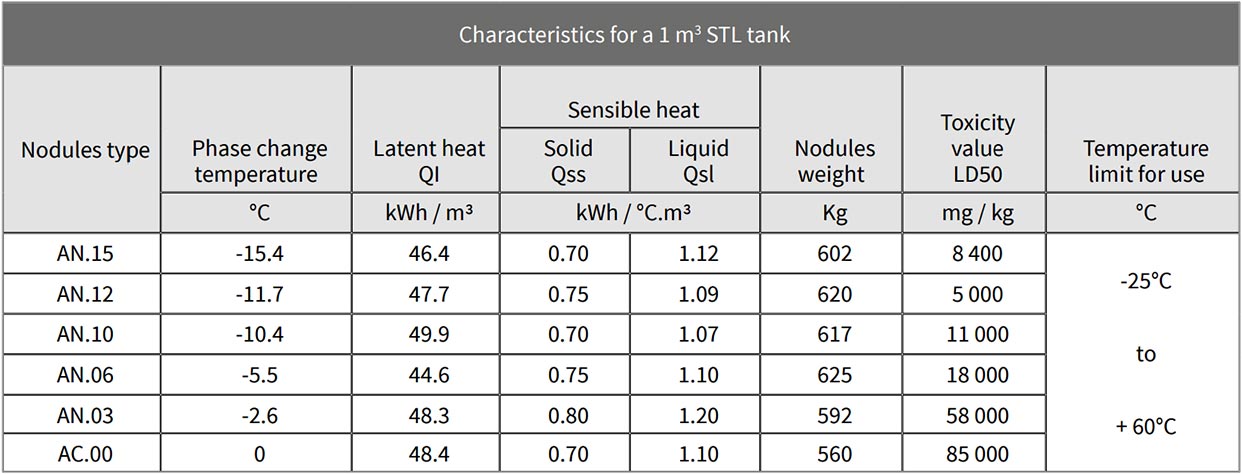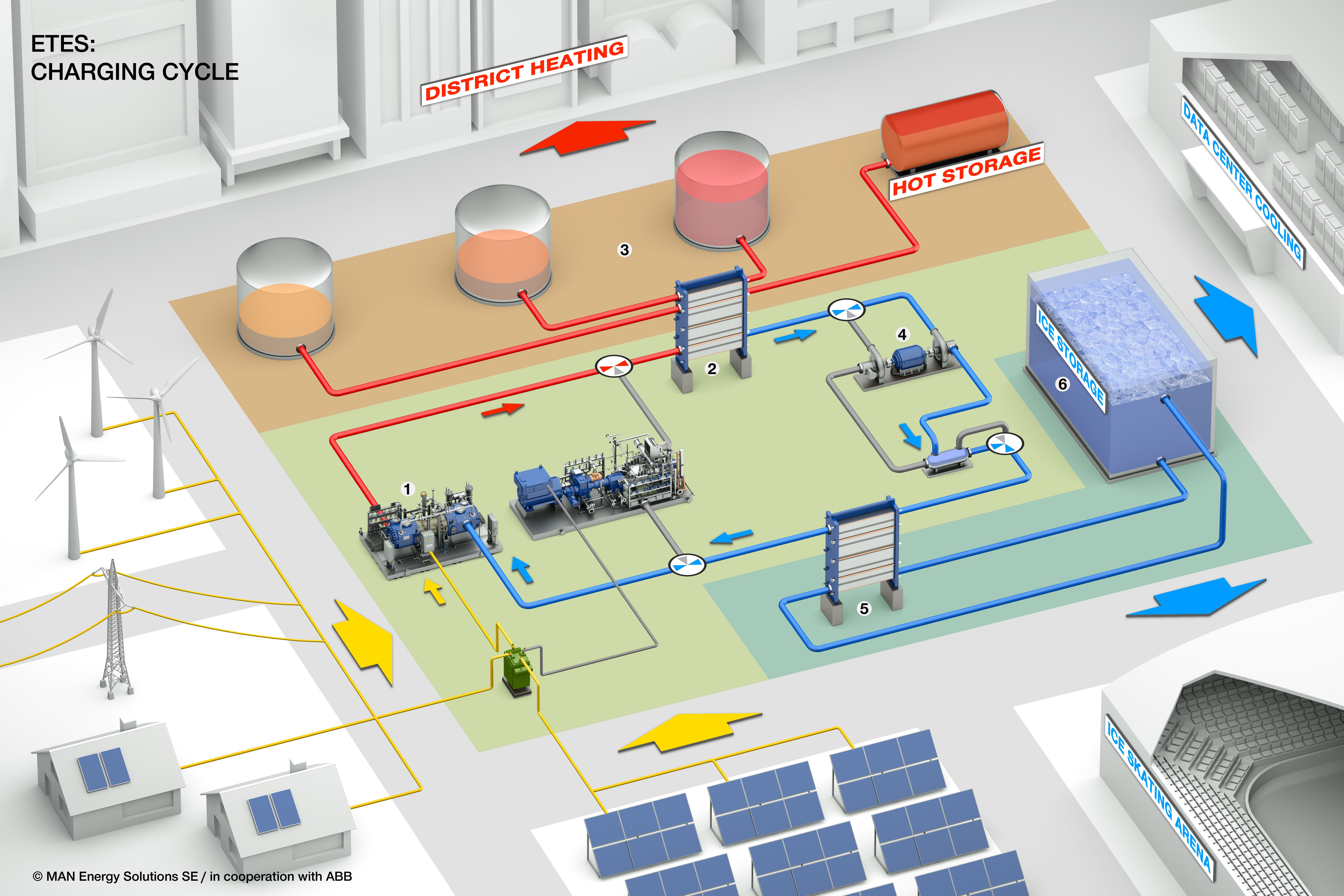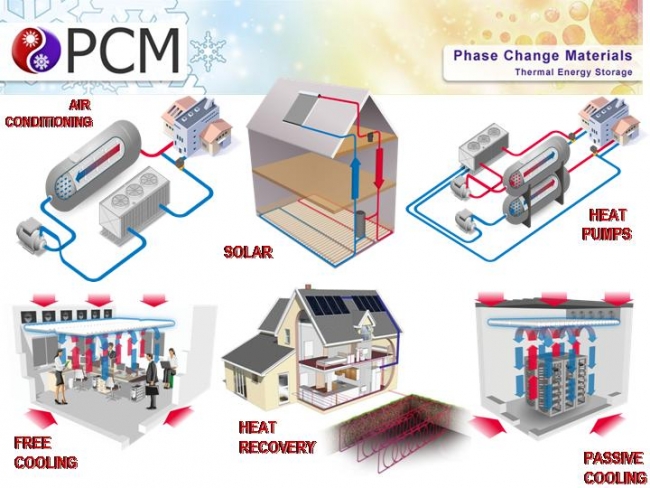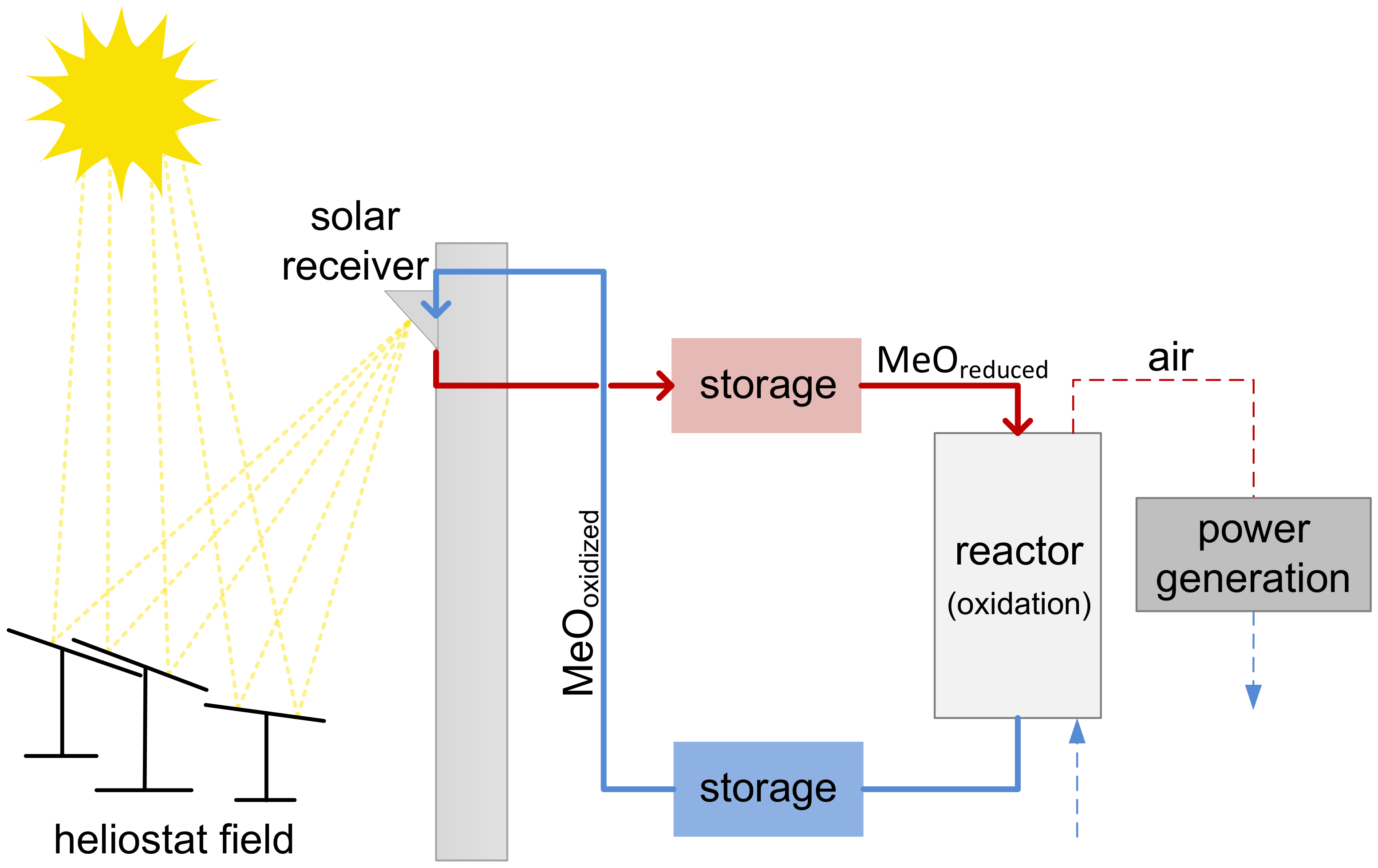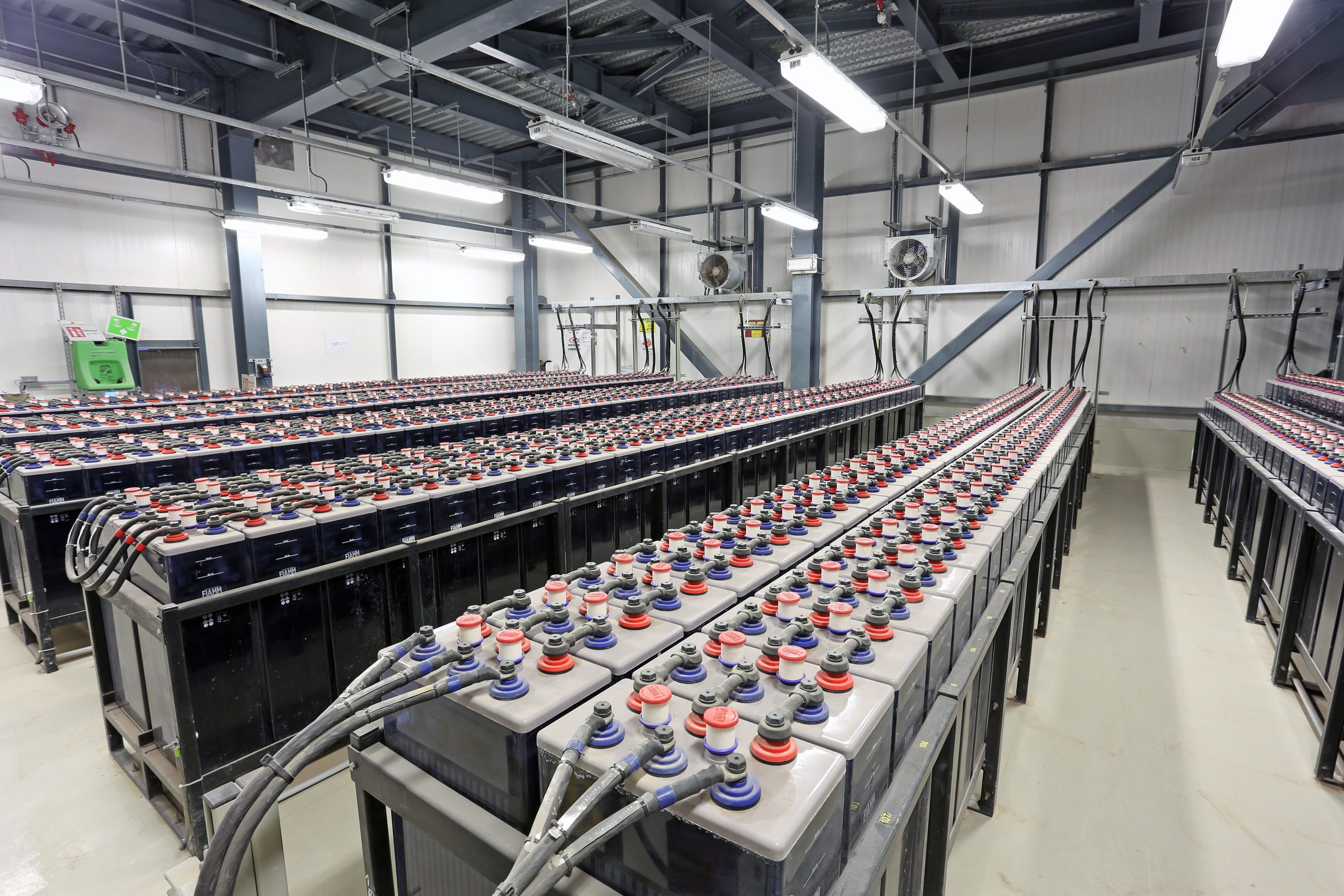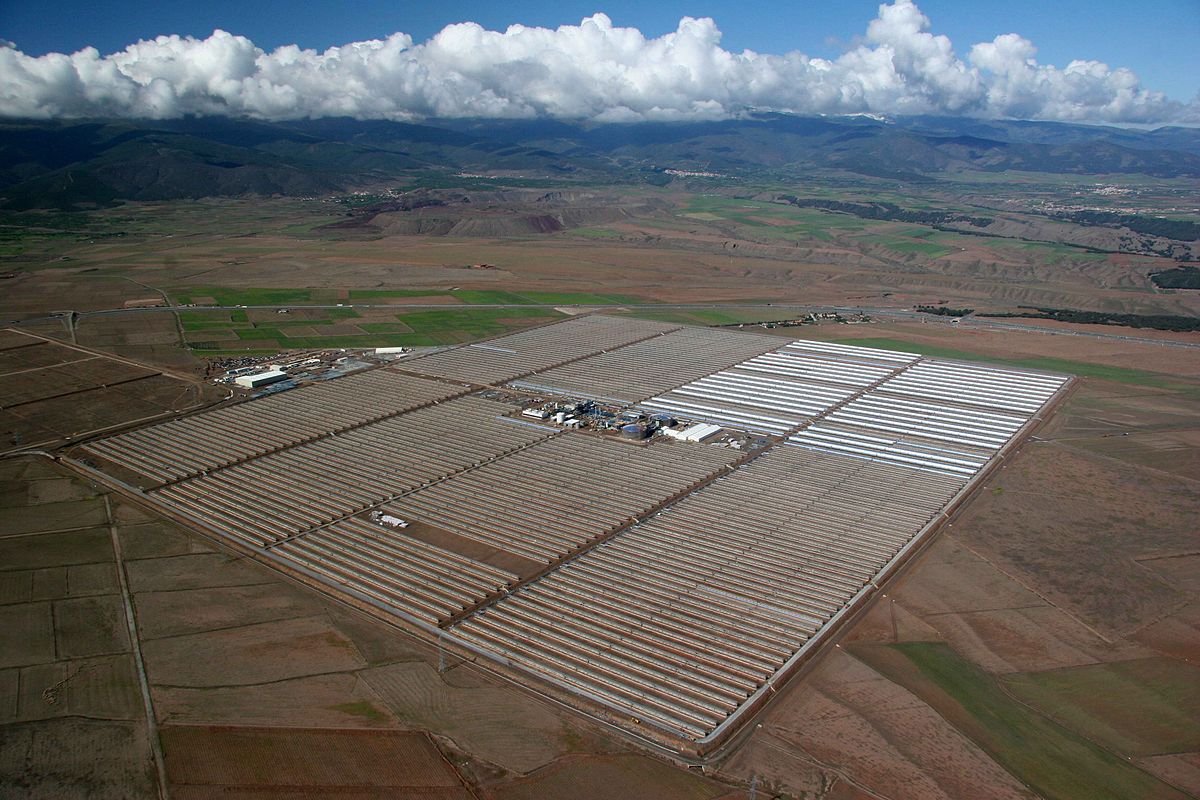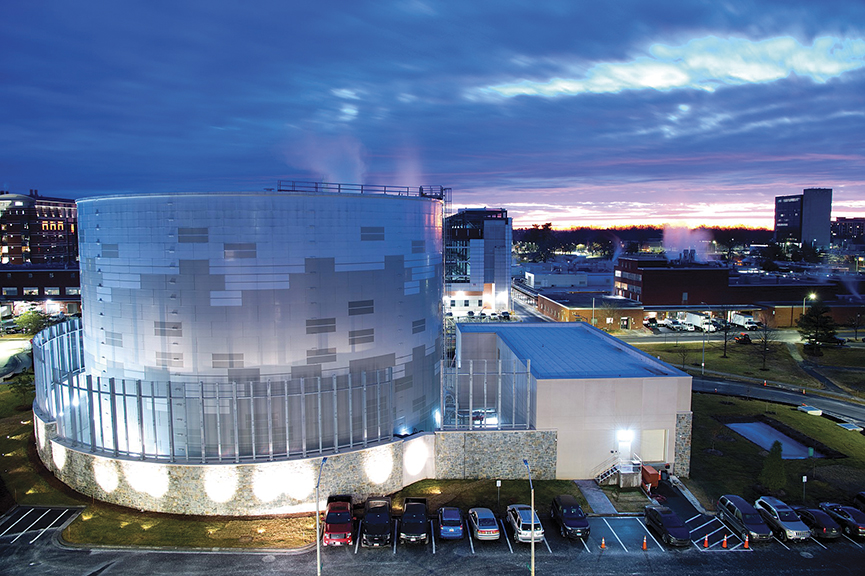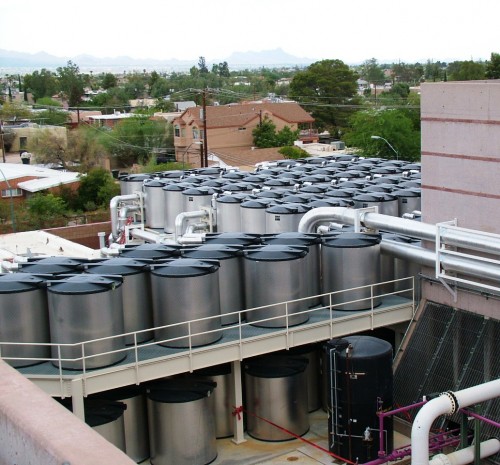Ice Thermal Storage District Cooling

17 size matters chilled water storage.
Ice thermal storage district cooling. District cooling system dcs is a massive cooling energy production scheme that serves a group of buildings. This study considers a model predictive controller mpc to minimize operating costs for a large district cooling system with ice storage. Ice build during the off peak period the glycol chiller is operational. Supply 0 2 4 6 8 10 12 14 16 18 20 22 mw.
Of the various methods of ice storage that have been developed the ice ball and ice on coil storage systems are the most frequently used. Daily electricity demand vs. District cooling is energy efficient cost effective and environmentally friendly. The glycol chilling system generates low temperature glycol that circulates through the tubes of the thermal storage coils.
The mpc uses a neural network for the system model coupled with a heuristic optimization algorithm genetic for the planning of the ice storage system in real time. The circulating glycol removes heat from the water in the tanks causing the water to freeze onto the exterior surface of the thermal storage coils. These systems are environmentally friendly with lower energy consumption and reduced greenhouse gas emissions. District cooling with ice thermal storage is the most cost effective reliable system approach to cooling offices hospitals universities airports and other multi building complexes.
Thermal energy storage for district cooling steve benz director of global thermal storage and district energy. District cooling with ice thermal storage see how bac s ice thermal storage has transformed the enwave chicago district cooling system. District cooling with ice thermal storage is the most cost effective reliable system approach to cooling offices hospitals universities airports and other multi building complexes. Ice storage glycol as heat transfer fluid lift capability 16.



